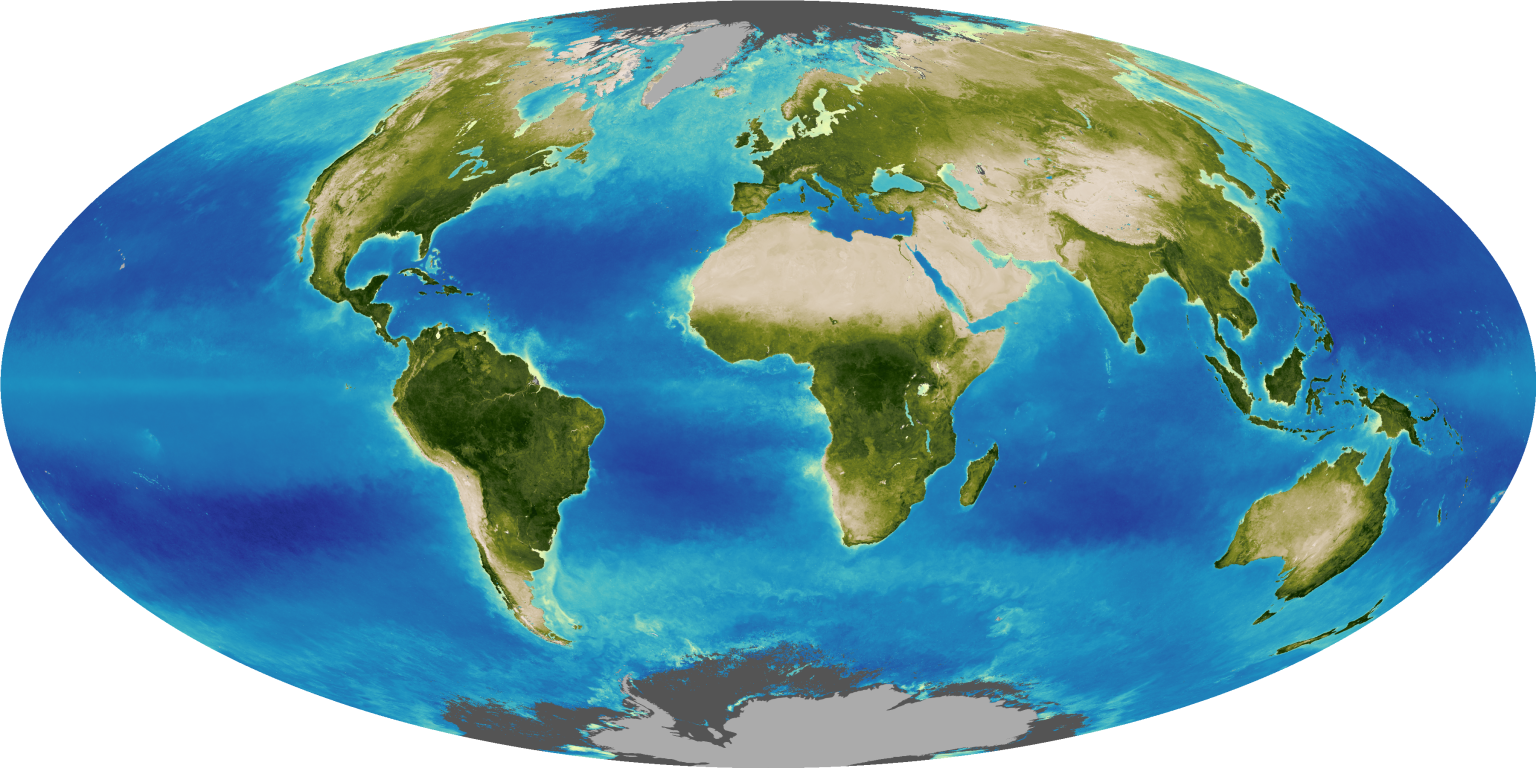How do scientists deal with changes in where data come from?
Major climate research organizations worldwide have developed mathematically rigorous, peer-reviewed data-processing methods to identify and compensate for changes in observing conditions. Since the research groups are independent, they do not use exactly the same techniques.
One example is the way two U.S. research institutions deal with a well-known problem, the urban heat island effect — the fact that cities are warmer than the surrounding countryside. NASA's Goddard Institute for Space Studies (GISS) addresses this problem using satellite images of nighttime lights to classify stations as urban, near-urban, or rural, then compares the urbanized records with an average of nearby rural stations to calculate the extent by which urbanization has warmed the data. The National Climatic Data Center (NCDC), in processing station data for its U.S. climate divisional dataset (nClimDiv) and Global Historical Climatology Network (GHCN), corrects for the urban heat island effect and other changes, such as station moves, by using a technique that compares each station with multiple neighboring stations to find "guilty" stations and calculate the magnitude of necessary corrections.
Overviews of the data-processing techniques for NCDC's nClimDiv and GHCN are available at the following links:
https://www.ncdc.noaa.gov/monitoring-references/maps/us-climate-divisions.php
https://www.ncei.noaa.gov/products/land-based-station/global-historical-climatology-network-daily
GISS's data analysis methods, with links to papers giving full scientific explanations, are described at https://data.giss.nasa.gov/gistemp/.
READ MORE






























